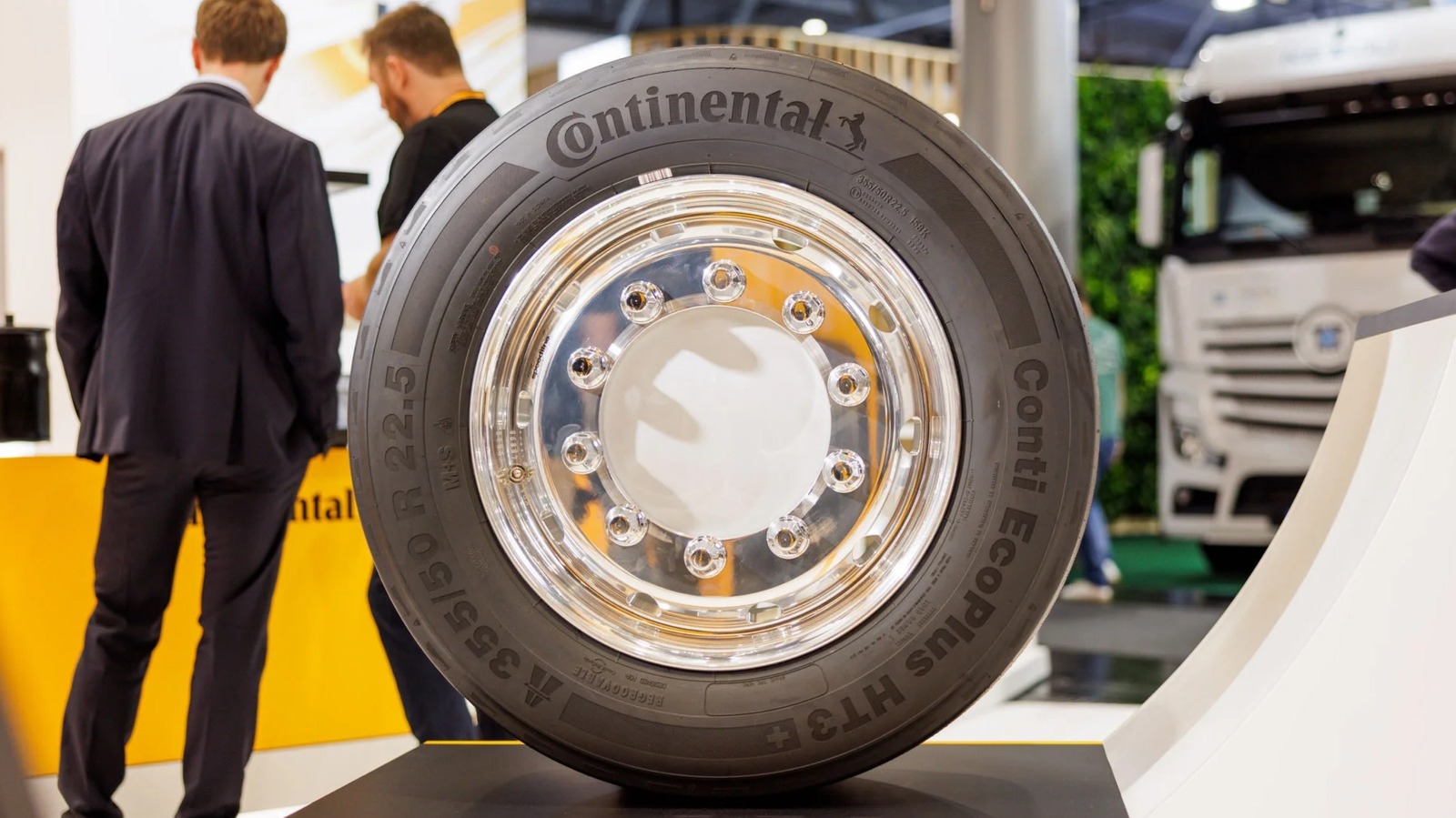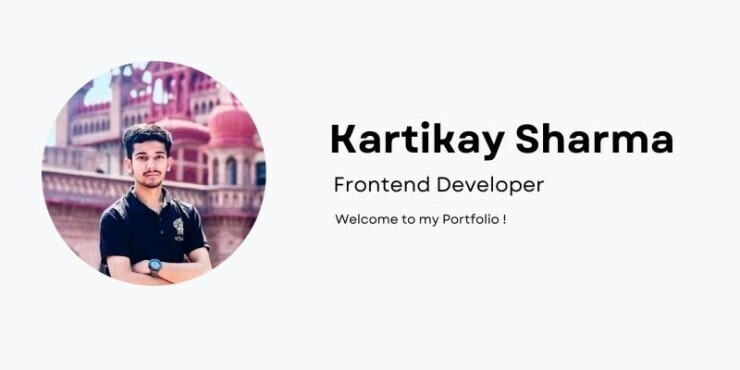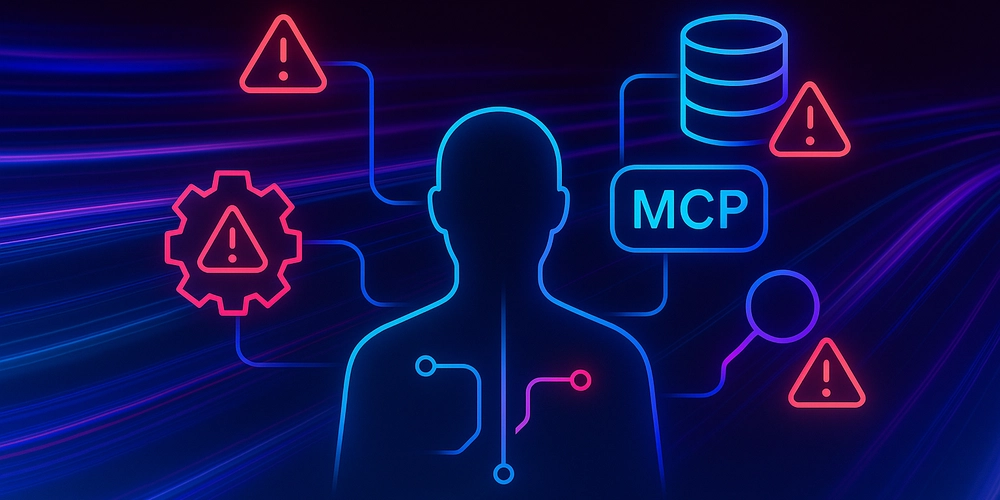Countering security threats: Contactless payment
For a while now, I’ve been involved in personal research about a new form of cyber-attack called Quishing. It is a simply phishing using QR codes. This attack leads to the loss of billions of dollars yearly, particularly due to the increasing rate of contactless payment (payment using QR codes). There are common occurrences where fraud masters paste a malicious QR code over a legitimate one in public places. Usually, payment QR codes so as to divert funds. Imagine your business losing all the funds from the last few days, possible months even due to the lapses of contactless payment. Then i suddenly remembered who i am , i remembered i have something in me i have been pruning for multiple years now, I have coding!!!!! So I launched vs code and i started, I needed a system that could not just detect malicious QR codes, but can also identify its source. Just like everything I ever made before, I spent more time troubleshooting than actually developing new features. Thereafter I came up with a name Beaver, sounds like a car brand? ( I know ). Beaver is a QR scam detection and tracking tool, it identifies the threat and provides comprehensive details about the source and other neccessary information required for counter effective measures. This software is particularly useful in the fintech space than any other as contactless payment is the order of the day. The key use cases of this system are the prevention of: Quishing: Malicious QR codes in emails QR code swapping: Tampered codes in public spaces Fake payment codes: Redirecting payments to scammers This system enables clients to easily detect and report abnormalities due to malicious QR codes to fintech companies which will enhance the company in information gathering. This information can be used to: i. Predict future attacks. ii. Shut down fake login pages by reporting such to their respective hosting providers. iii. And protect their clients from loss of funds. Currently the app is a: minimum viable product with its core functionality just functioning at a stable state. In the future, I plan to i. Implement real time intelligence features, that is — to detect known malicious URLs instantly. ii. To detect SSL certificate abnormalities. ii. Implement a user reporting system With much ambition and anticipation: I intend to train an AI model to detect fake login pages, social engineering keywords and suspicious domain patterns. I’m looking forward to fellow ambitious people or financial institutions in the tech space who are willing to collaborate with me so as to create a safer cyberspace for the world at large. Link to the project: https://lnkd.in/eBmFkADi

For a while now, I’ve been involved in personal research about a new form of cyber-attack called Quishing. It is a simply phishing using QR codes.
This attack leads to the loss of billions of dollars yearly, particularly due to the increasing rate of contactless payment (payment using QR codes). There are common occurrences where fraud masters paste a malicious QR code over a legitimate one in public places. Usually, payment QR codes so as to divert funds.
Imagine your business losing all the funds from the last few days, possible months even due to the lapses of contactless payment.
Then i suddenly remembered who i am , i remembered i have something in me i have been pruning for multiple years now, I have coding!!!!! So I launched vs code and i started, I needed a system that could not just detect malicious QR codes, but can also identify its source. Just like everything I ever made before, I spent more time troubleshooting than actually developing new features. Thereafter I came up with a name Beaver, sounds like a car brand? ( I know ).
Beaver is a QR scam detection and tracking tool, it identifies the threat and provides comprehensive details about the source and other neccessary information required for counter effective measures. This software is particularly useful in the fintech space than any other as contactless payment is the order of the day.
The key use cases of this system are the prevention of:
Quishing: Malicious QR codes in emails
QR code swapping: Tampered codes in public spaces
Fake payment codes: Redirecting payments to scammers
This system enables clients to easily detect and report abnormalities due to malicious QR codes to fintech companies which will enhance the company in information gathering. This information can be used to:
i. Predict future attacks.
ii. Shut down fake login pages by reporting such to their respective hosting providers.
iii. And protect their clients from loss of funds.
Currently the app is a: minimum viable product with its core functionality just functioning at a stable state. In the future, I plan to
i. Implement real time intelligence features, that is — to detect known malicious URLs instantly.
ii. To detect SSL certificate abnormalities.
ii. Implement a user reporting system
With much ambition and anticipation:
I intend to train an AI model to detect fake login pages, social engineering keywords and suspicious domain patterns.
I’m looking forward to fellow ambitious people or financial institutions in the tech space who are willing to collaborate with me so as to create a safer cyberspace for the world at large.
Link to the project: https://lnkd.in/eBmFkADi




































































![New Apple iPad mini 7 On Sale for $399! [Lowest Price Ever]](https://www.iclarified.com/images/news/96096/96096/96096-640.jpg)

![Rapidus in Talks With Apple as It Accelerates Toward 2nm Chip Production [Report]](https://www.iclarified.com/images/news/96937/96937/96937-640.jpg)



































































































 (1).webp?#)




_Christophe_Coat_Alamy.jpg?#)











































































![[The AI Show Episode 142]: ChatGPT’s New Image Generator, Studio Ghibli Craze and Backlash, Gemini 2.5, OpenAI Academy, 4o Updates, Vibe Marketing & xAI Acquires X](https://www.marketingaiinstitute.com/hubfs/ep%20142%20cover.png)
































































































































![From drop-out to software architect with Jason Lengstorf [Podcast #167]](https://cdn.hashnode.com/res/hashnode/image/upload/v1743796461357/f3d19cd7-e6f5-4d7c-8bfc-eb974bc8da68.png?#)



![[FREE EBOOKS] The Kubernetes Bible, The Ultimate Linux Shell Scripting Guide & Four More Best Selling Titles](https://www.javacodegeeks.com/wp-content/uploads/2012/12/jcg-logo.jpg)



































.jpg?#)



.png?#)






















































